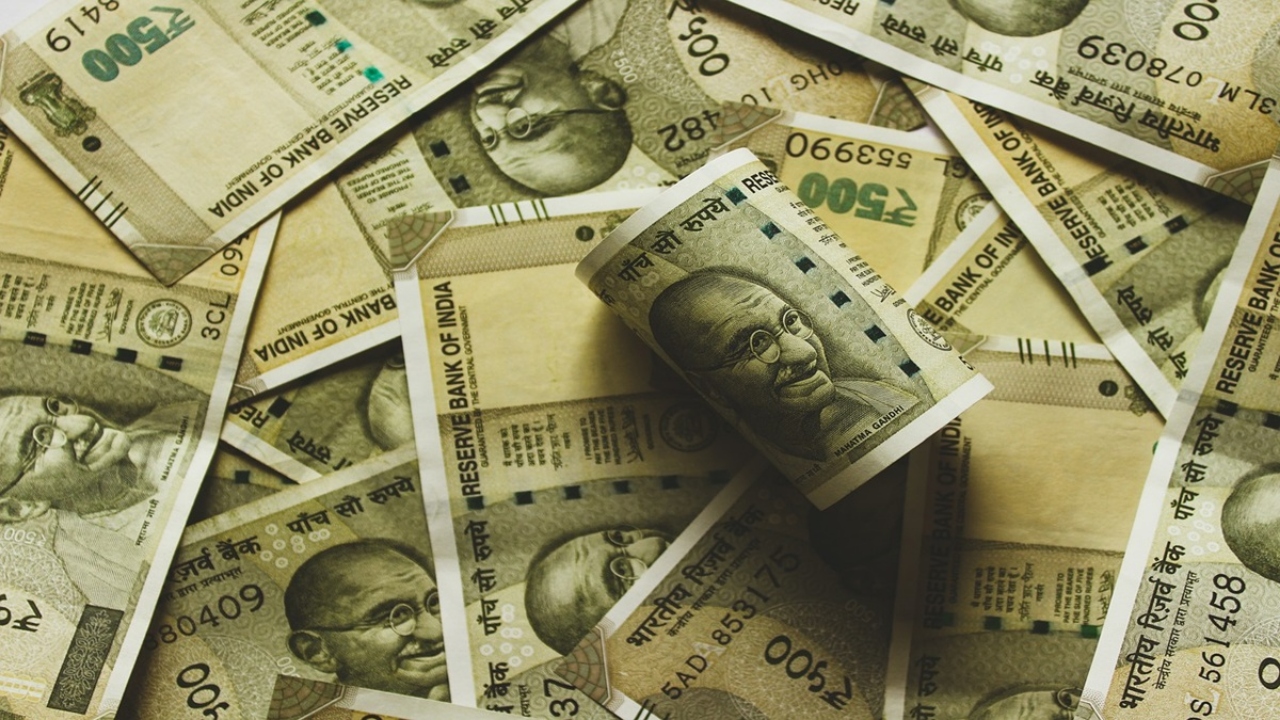8th Pay Commission: The wait is about to end now. The panel of the 8th Pay Commission will be formed in April. After this, the commission will start working on its recommendations. The central government had approved the formation of the 8th Pay Commission in January. The timeline of the 7th Pay Commission will end on 31 December 2025. At the same time, the new pay commission is to be implemented from 1 January 2026.
However, after the formation of the panel, it may take about 15-18 months for its final report to come. According to sources, the panel can submit its recommendations by April-May 2026. But, it will take some more time for its final report to come. It is expected to be implemented by the year 2027.
Base year can be changed
DA is calculated on the basis of AICPI-IW data. This has been the case in the first pay commission as well. It is expected that similar calculations will continue in the future as well. But, according to sources, the government may change the base year for DA calculation when the new pay commission is implemented.
Currently, the base year for AICPI-IW is 2016, which was changed in 2016 when the 7th Pay Commission was implemented. Experts also believe that the base year may be changed when the 8th Pay Commission is implemented. The logic behind this is that inflation is increasing and to deal with the rising inflation, the DA given should also be changed with a new base year. There is a possibility that the base year of dearness allowance may be 2026.
How will the calculation change?
DA is given to central government employees to deal with inflation. But, inflation has increased rapidly in the last decade. But, due to the base year, the basis for measuring dearness allowance remains the same. Its rates change every six months. It is possible that the government will keep AICPI-IW as the basis. But, just by changing the base year the entire calculation can change. In such a situation the dearness allowance will become zero. And the dearness allowance will be calculated afresh.
Will the old dearness allowance be merged?
If the 8th Pay Commission is implemented by 1 January 2026, then considering the current situation, the dearness allowance will be up to 61%. It will be paid to the employees in their salary. But, if the base year changes, the old DA can be merged. However, the government has not formally said so yet. All this will be decided only after the recommendations of the 8th Pay Commission panel.
When did dearness allowance become zero?
The recommendations of the 7th Pay Commission were implemented from 1 January 2016. At that time, the dearness allowance of central government employees was 125%. The 7th Pay Commission merged this 125% DA into the basic pay and included it in the new pay structure. Meaning, DA was made zero in the new salary matrix and further DA was calculated on the basis of new basic salary.
New basic-pay structure introduced
During the 6th Pay Commission, the salary structure consisted of ‘Pay in the Pay Band’ and ‘Grade Pay’. The 7th Pay Commission combined these two and created a consolidated ‘Basic Pay’. This new Basic Pay was a combination of the old Basic Pay and 125% Dearness Allowance, thereby increasing the total salary of the employees.
How did the Pay Matrix change?
The 7th Pay Commission introduced a new pay matrix, which determined salaries based on different levels and sales. This matrix gave clear guidelines for salary hikes and promotions at every level. Now it remains to be seen whether the government has changed the entire calculation of DA by changing the old base year or not. Also, what kind of recommendations does the panel of the 8th Pay Commission give. Only after the recommendations are received will it be clear what will change and how much. Whether it is an increase in salary or the calculation of dearness allowance.
